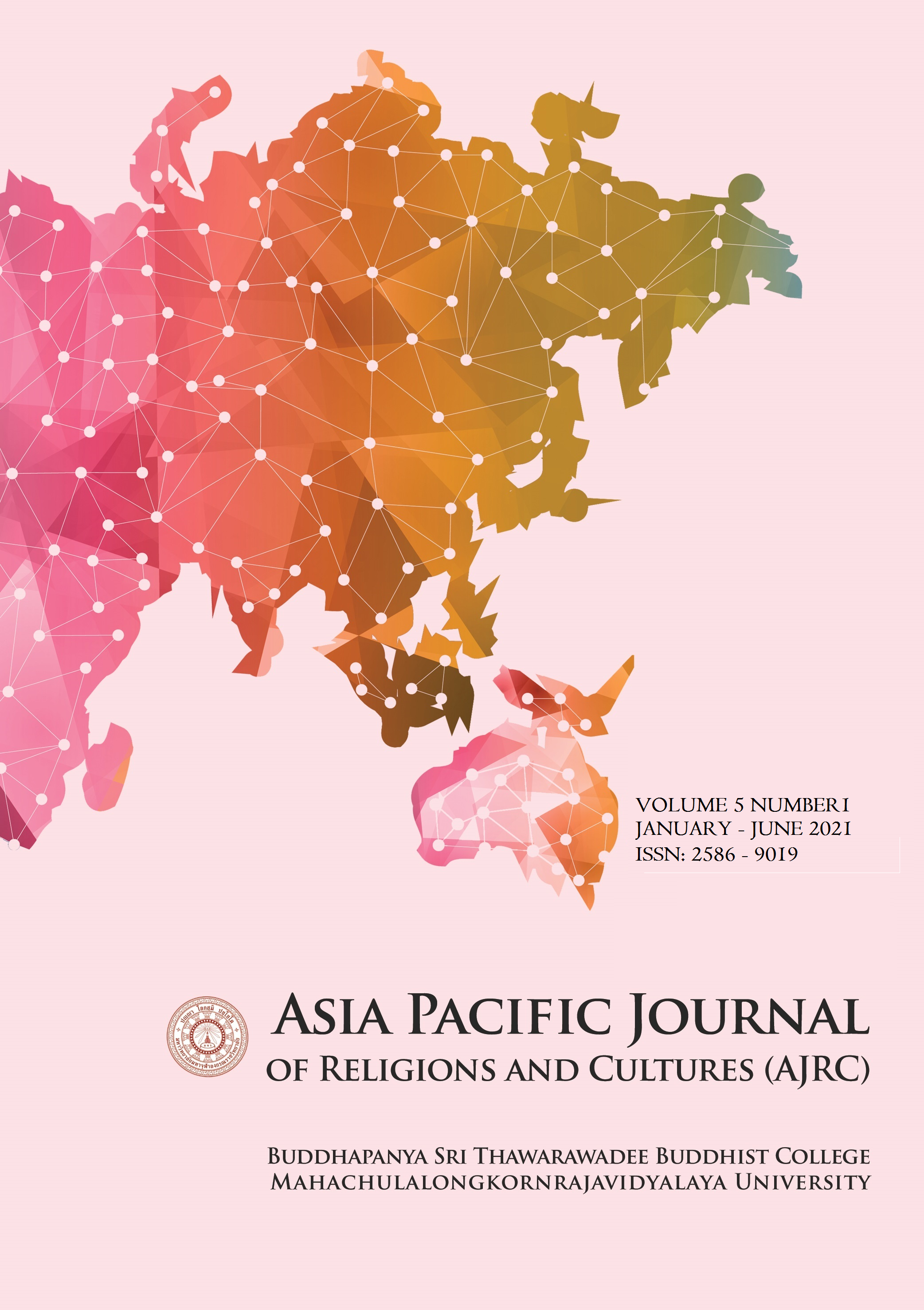The Causal Relationship Models in Business Executive Development SMEs that affect organizational excellence
Main Article Content
Abstract
This research aimed to develop a causal relationship model, in the development of SME business executives, contributing to organizational excellence in Thailand. And to verify consistency of the developed causal relationship model with empirical data. Online questionnaire. The sample was people who held a business executive position. 400 SMEs Statistics used in data analysis, including models, structural equations, were used in the analysis of causal relationships to determine the path of causal influence of variables. 1) perception of corporate safety, 2) innovation in organizational development, 3) corporate image, 4) trust, and 5) the development of SME business executives The results of the study revealed that the developed causal relationship model was well consistent with empirical data. The forecasting coefficient of 0.96 showed that the model variables were able to explain the variance the development of SME executives by 96 percent, found that the trust aspect had the greatest influence on the development of consumer SME executives. In Thailand
Article Details
References
Khwanjai, K. (2016). Satisfaction, Trust Affects Loyalty in Online Hotel Booking of Customers in Bangkok(Master of Business Administration). Bangkok University.
Phanee, T., & Bunjoonon, S. (2018). Influence of Service Quality on Trust, Satisfaction, Referral and Return of Service of Public Taxi Users at Don Mueang Airport. Journal of Marketing and Management Rajamangala University of Technology Thanyaburi, 5 (2), 101-120.
Sinjaru, T. (2017). Research and statistical analysis with SPSS and AMOS. (17th ed.). Bangkok: Business R&D.
Wiratchai, N. (1999). Liss Rail Model: Statistical Analysis for Research. (3rd ed.). Bangkok: Chulalongkorn University Press.
Udomthanawong, S. (2018). Influence of automotive brand value awareness through social media on the value of electronic sharing and consumer brand engagement. Suthiprit, 30 (102), 249-263.
Shih, C. (2009). The Facebook Era: Tapping online social networks to build better products, reach new audiences, and sell more stuff. New Jersey: Prentice-hall.
Kenneth, B. Y. (2010). Offline and Online banking-Where to Draw the line When Building Trust in e-banking?. International Journal of Bank Marketing, 28(1), 27-46.
Lim, J. S., Hwang, Y., Kim, S., & Biocca, F. A. (2015). How social media engagement leads to sports channel loyalty: Mediating roles of social presence and channel commitment. Computer in Human Behavior, 46, 158–167.


